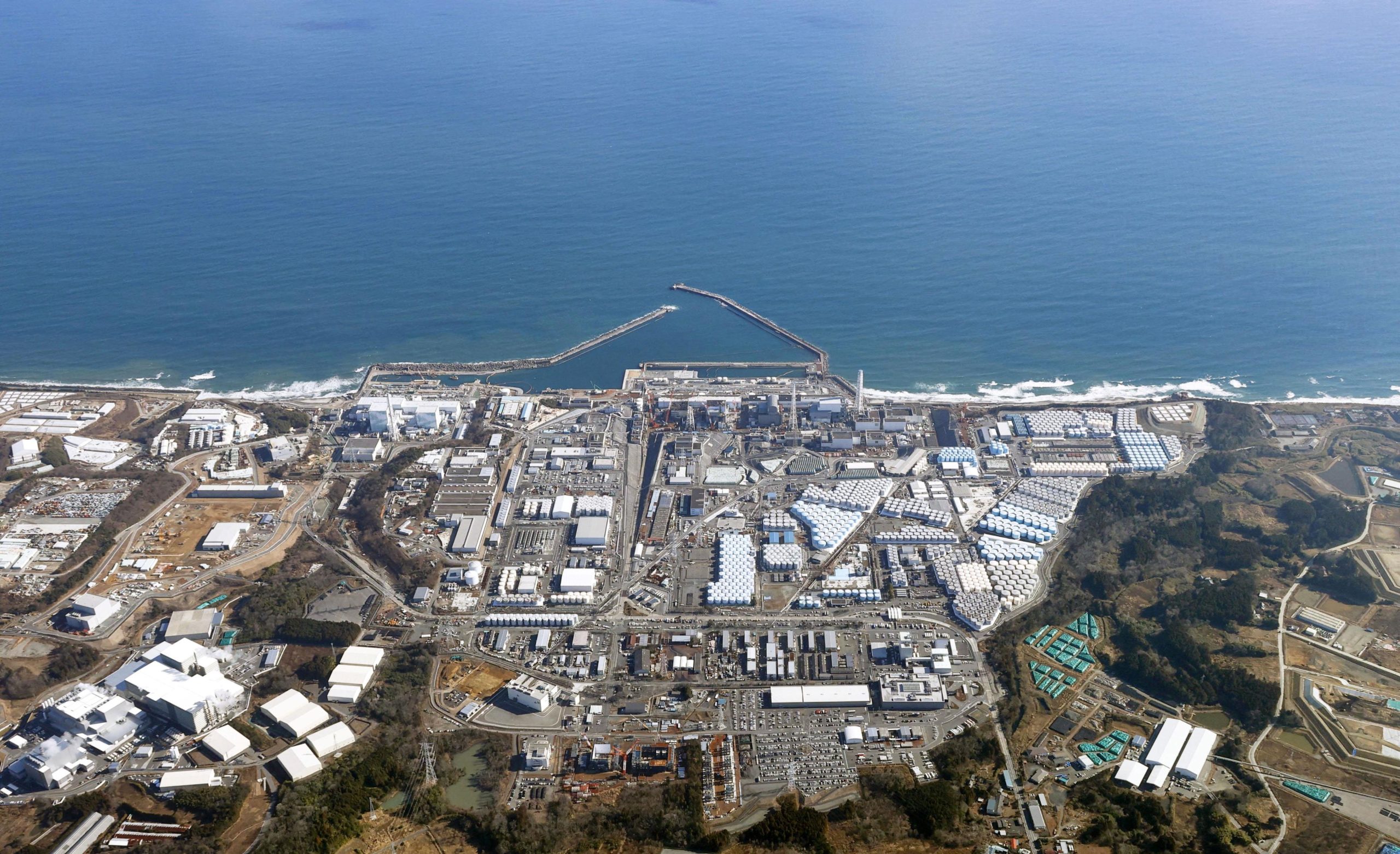On Tuesday, August 22, Japan announced its plans to initiate the release of over 1 million metric tonnes of treated radioactive water from the damaged Fukushima nuclear power plant starting from August 24th. This is a process that will take decades to complete.The announcement comes a day after the government said it had won “a degree of understanding” from the fishing industry regarding the discharge of water into the Pacific Ocean.
In July, the plan received approval from the International Atomic Energy Agency (IAEA), the United Nations’ nuclear monitoring body. The IAEA affirmed that the plan adhered to international benchmarks and that the impact it would have on people and the environment was “negligible”.
“I have asked Tokyo Electric Power Company (Tepco) to swiftly prepare for the water discharge in accordance with the plan approved by the Nuclear Regulation Authority, and expect the water release to start on August 24, weather conditions permitting,” Prime Minister Fumio Kishida said on Tuesday morning.
The initial release phase, commencing on Thursday, will involve a quantity of 7,800 cubic meters of water over a span of approximately 17 days, as conveyed by Tepco during a briefing. This water will have a tritium concentration of around 190 becquerels per liter, which falls below the World Health Organization’s permissible limit for drinking water, set at 10,000 becquerels per liter, as indicated by Tepco. A becquerel serves as a unit of radioactivity.
According to Japan, the water will undergo filtration to eliminate the majority of radioactive components, with the exception of tritium—an isotope of hydrogen that is challenging to separate from water. The treated water will be significantly diluted, falling well below internationally established tritium levels, before being discharged into the Pacific Ocean.
A representative from Japan mentioned that the initial test outcomes for seawater following the discharge could potentially be accessible in early September. Japan is additionally planning to examine fish in the vicinity of the plant’s waters and will share the results of these tests on the agriculture ministry’s official website.














